My Ain Folk (1973) Online
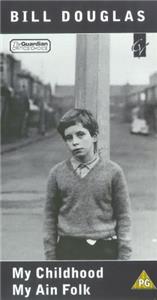
Jamie and Tommy are separated by the death of their grandmother; Jamie with another relative and Tommy to a welfare home. Now Jamie is all alone and his life is not at all happy taken over by silence, rejection and violence.
| Complete credited cast: | |||
| Stephen Archibald | - | Jamie | |
| Hughie Restorick | - | Tommy | |
| Jean Taylor Smith | - | Grandmother | |
| Bernard McKenna | - | Tommy's Father | |
| Mr. Munro | - | Jamie's Grandad | |
| Paul Kermack | - | Jamie's Father | |
| Helena Gloag | - | Father's Mother | |
| Jessie Combe | - | Father's Wife | |
| William Carroll | - | Father's Son | |
| Anne McLeod | - | Father's Girlfriend | |
| Robert Hendry | - | Soldier | |
| Miss Cameron | - | Schoolteacher | |
| John Downie | - | Undertaker |
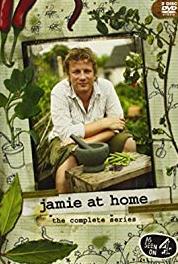
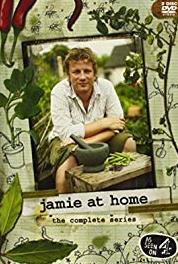

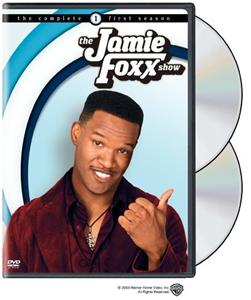
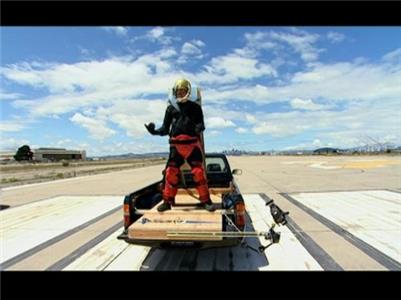
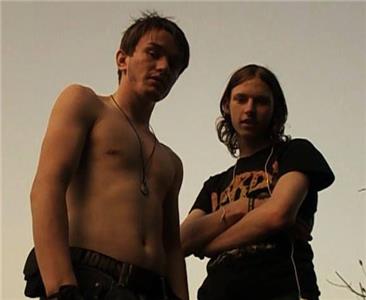
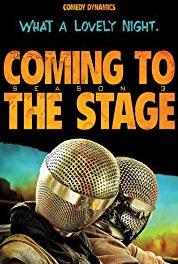
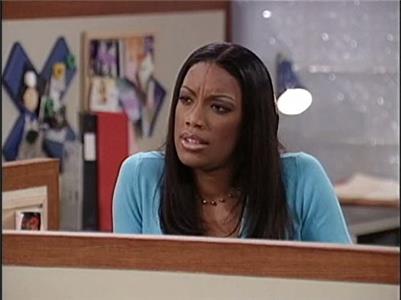
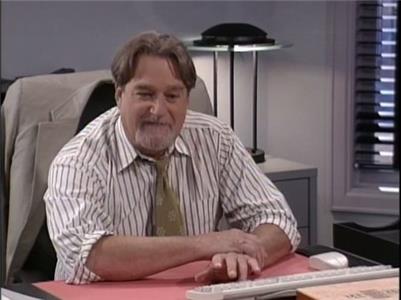
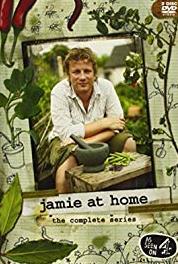
User reviews